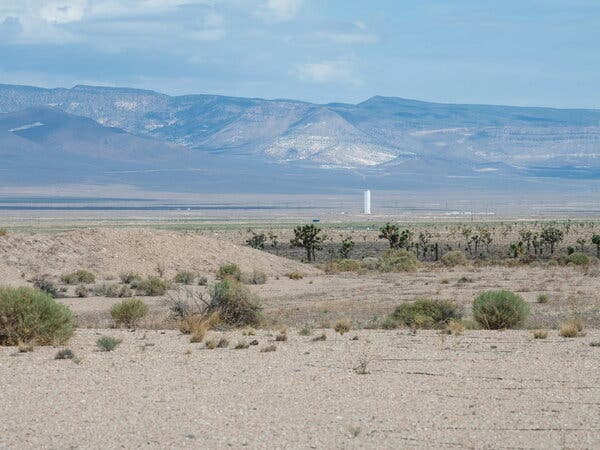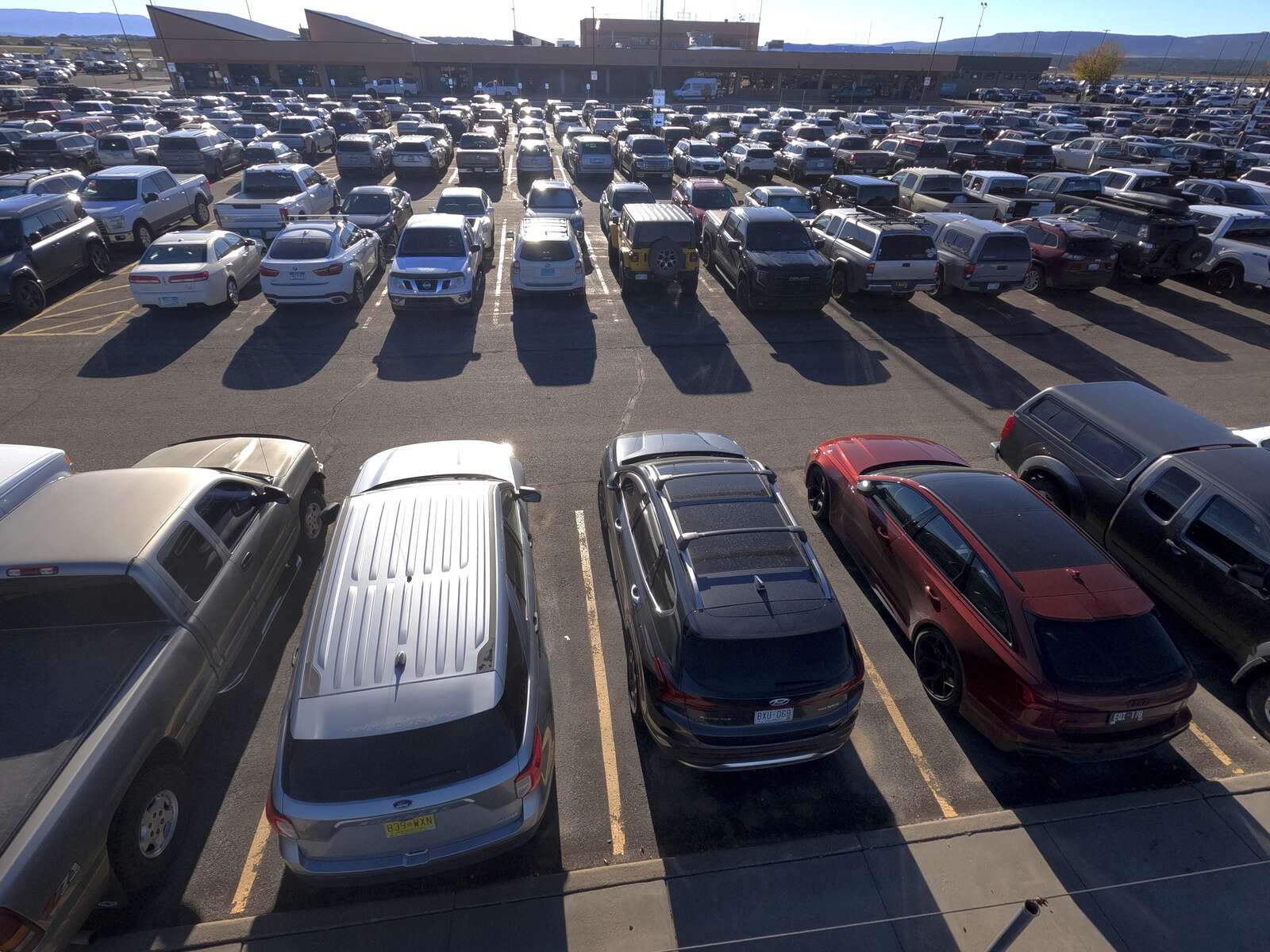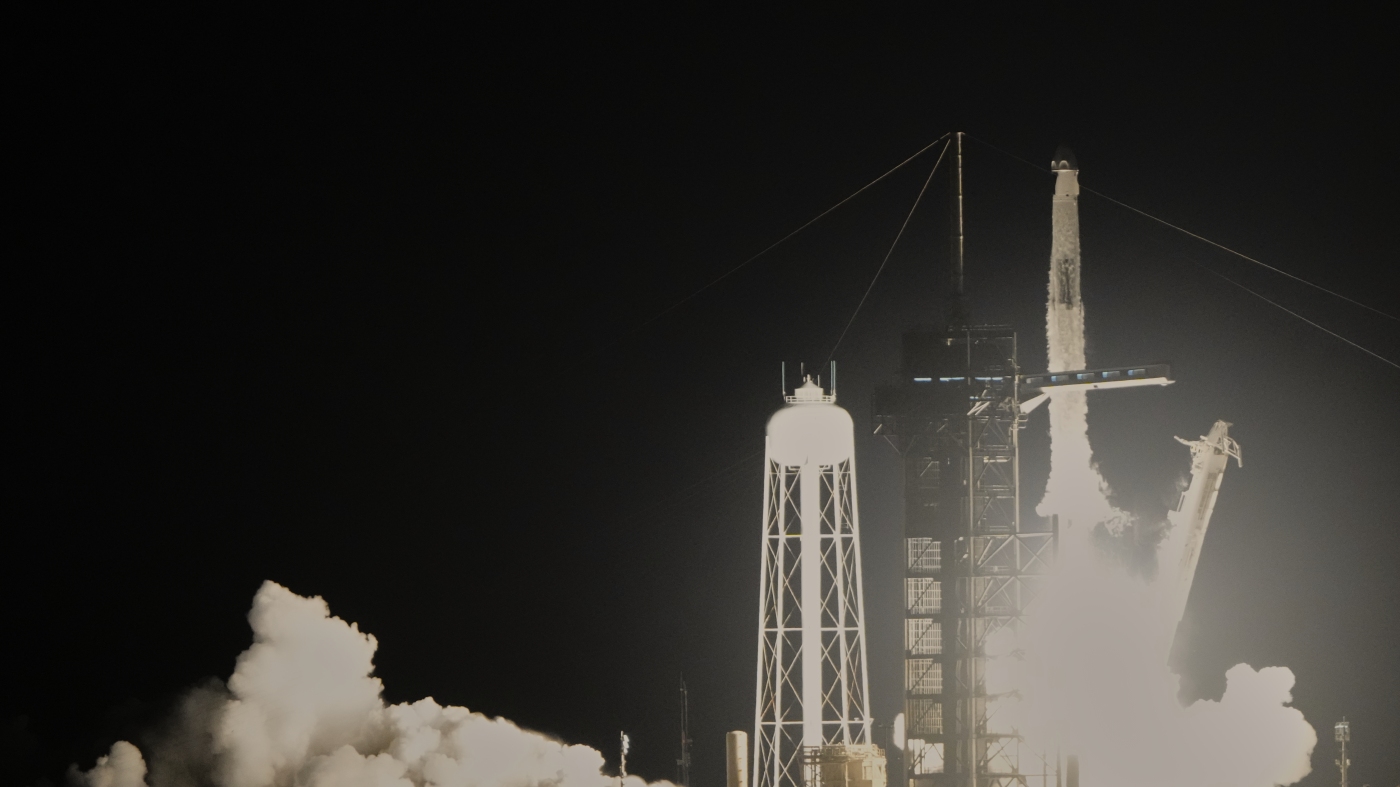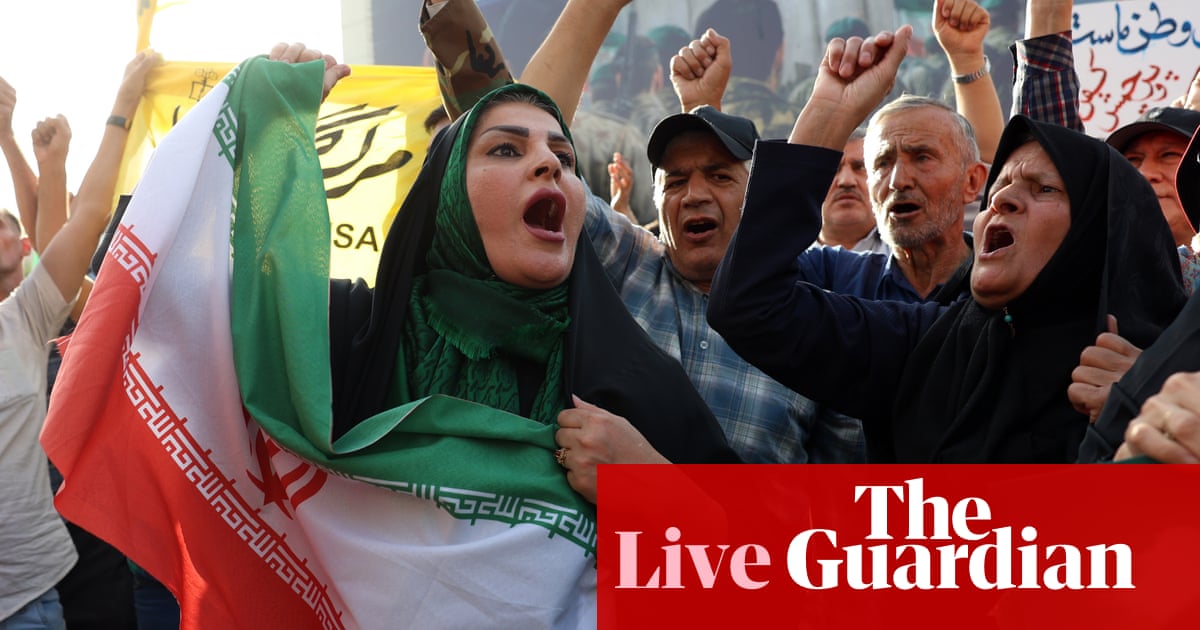Trump Threatens Nuclear Testing: Overview of U.S. Arsenal and Implications

President Donald Trump recently announced plans to potentially restart nuclear weapons testing, raising critical questions about both national and global security. The United States maintains a substantial nuclear arsenal, with implications that extend far beyond its borders. The conversation surrounding nuclear testing is complex and multifaceted, touching upon historical precedents, technological advancements, and international treaties.
U.S. Nuclear Arsenal Overview
According to the Federation of American Scientists, the United States possesses approximately 3,700 nuclear warheads, with around 1,700 deployed. These weapons can be delivered via strategic bombers, ground-based missiles, or submarine-launched systems. Contrary to Mr. Trump’s assertion, the U.S. does not hold the largest stockpile of nuclear weapons; that distinction belongs to the Russian Federation. The U.S. is currently engaged in a modernization program estimated to cost $1.7 trillion over thirty years, aimed at replacing aging warheads and updating their delivery systems.
The U.S. invests roughly $25 billion annually in maintaining its nuclear arsenal through a program termed “stockpile stewardship.” This initiative relies on advanced technologies rather than nuclear detonations. Facilities across the country, employing approximately 65,500 people, utilize cutting-edge supercomputers and other sophisticated tools for non-nuclear testing.
The History of Nuclear Testing in the U.S.
The last confirmed nuclear test by the U.S. occurred on September 3, 1992, at the Nevada Test Site. This underground test was relatively small in scale, reportedly about one-third the power of the atomic bomb dropped on Hiroshima. Following this test, the U.S. voluntarily ceased explosive nuclear testing, advocating for a global consensus against such practices. In 1996, President Bill Clinton announced a treaty aimed at banning all nuclear tests, prompting other nuclear-capable nations to follow suit. Although the treaty has not officially entered into force, it has established a global norm against nuclear detonations.
Since then, no nuclear tests have taken place in the U.S., Russia, China, the United Kingdom, or France, contributing to a more stable international environment and minimizing the seismic shocks previously associated with testing.
Future Testing and Strategic Considerations
The U.S. nuclear test site, located in the Nevada desert, is larger than the state of Rhode Island. Experts indicate that preparing the site for new tests would be challenging due to disrepair and loss of key equipment. Nevertheless, a 2013 document from the Department of Energy suggested that a limited test could be conducted within six to ten months if deemed necessary.
Despite discussions around testing, U.S. officials assert that the country can develop new bomb designs without returning to explosive testing. Directors of national laboratories have testified before Congress, emphasizing that the U.S. nuclear deterrent remains effective without the need for detonations. The Biden administration has initiated plans to create the first new warhead since the Cold War, the W93, designed for submarine-launched missiles. This thermonuclear warhead utilizes a small atomic bomb to ignite hydrogen fuel, enabling a potential yield far exceeding that of historical bombs, such as those used in Hiroshima.
While some experts advocate for the resumption of nuclear testing to send a message to global rivals, the international landscape has evolved. Testing served as a tool of psychological warfare during the Cold War, with nations utilizing detonations to signal military capabilities. Today, the Comprehensive Nuclear-Test-Ban Treaty Organization operates a global network of monitoring stations to detect any nuclear activity, reinforcing a collective commitment to non-proliferation.
In conclusion, Trump’s recent comments about resuming nuclear testing highlight a significant and sensitive topic in U.S. defense policy. As the nation navigates its nuclear future, the balance between modernization, deterrence, and international norms will be paramount in shaping global security dynamics.






